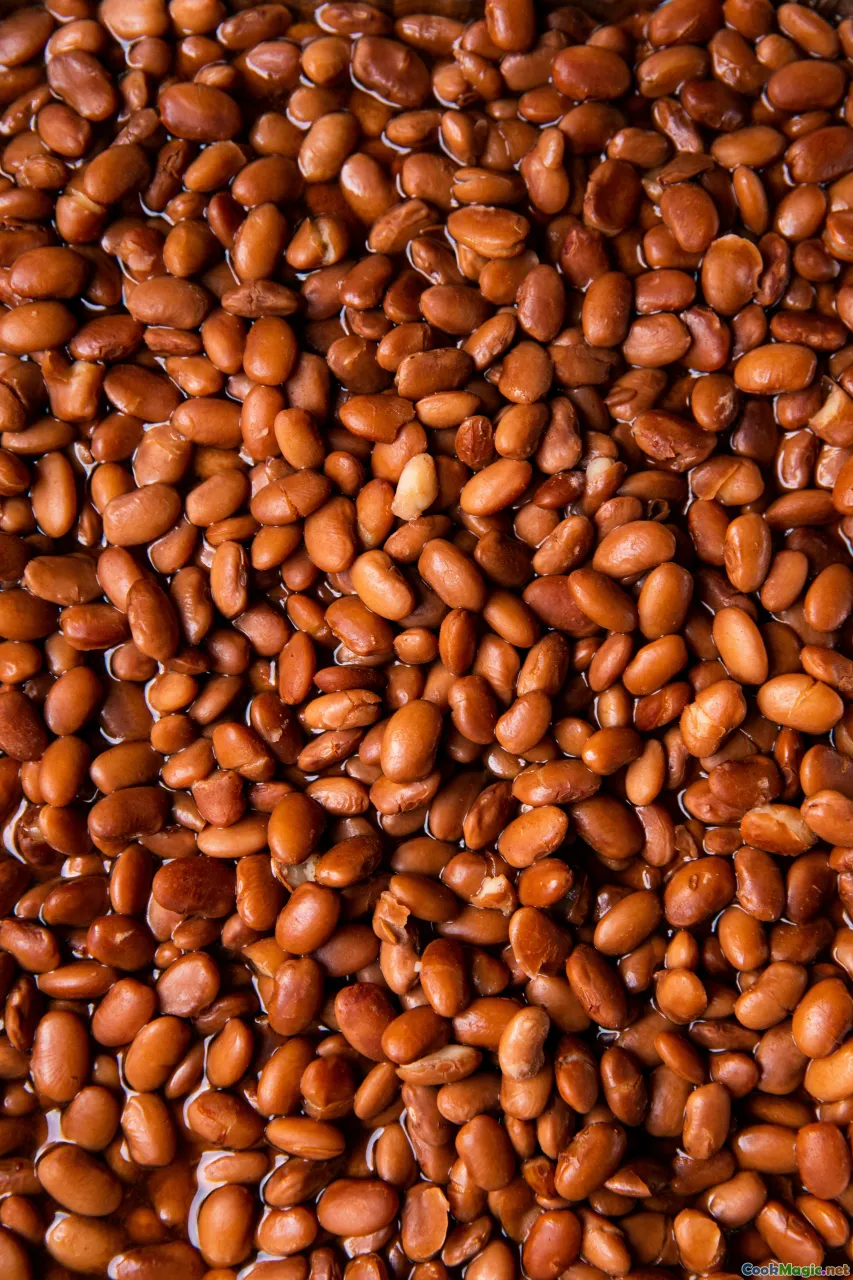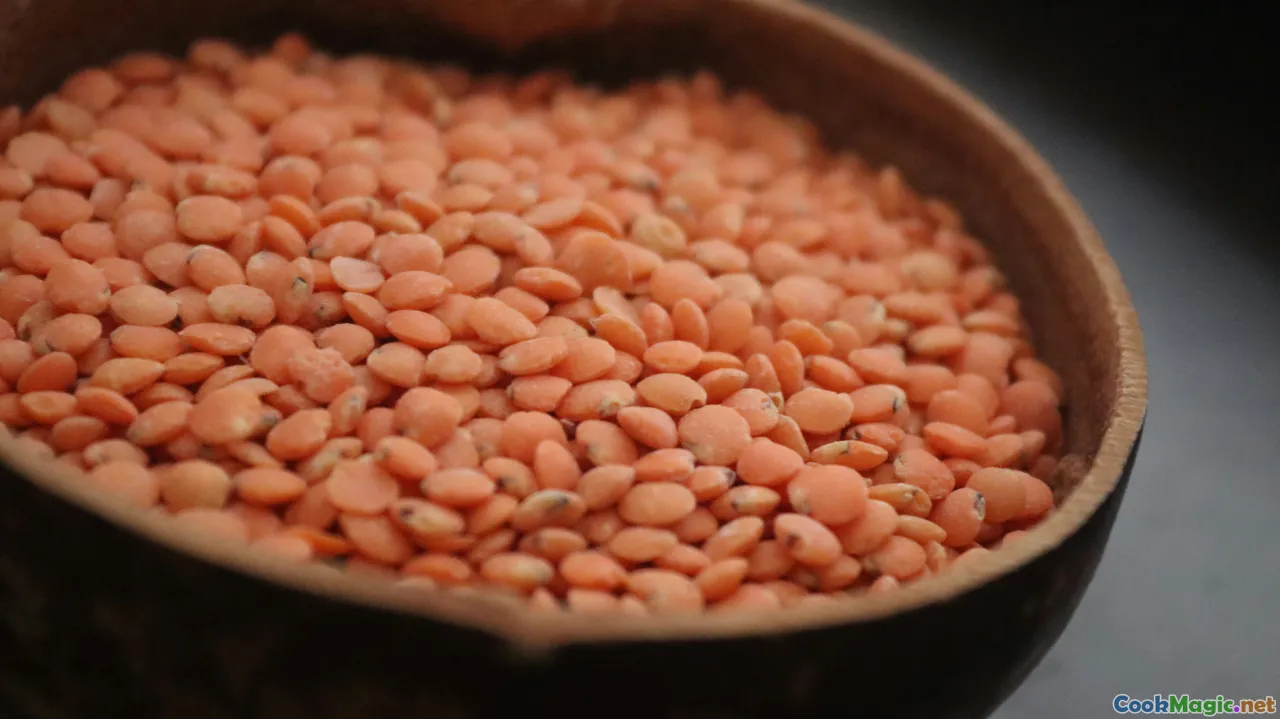Techniques for Achieving Silky Bean Purees
11 min read Discover expert methods to craft smooth, silky bean purees that enhance flavor and texture in Central American dishes. July 07, 2025 18:05
Techniques for Achieving Silky Bean Purees in Central American Cuisine
Imagine the warm aroma of gently simmered black beans wafting through a bustling street in Antigua Guatemala or the comforting sight of a smooth, velvety refried bean puree smothered over freshly fried tortillas in a Salvadoran pupusería. In Central American cuisine, beans are more than just a side dish; they are the cultural heartbeat, woven into every meal, embodying tradition, history, and soulful flavor. Achieving a silky, luscious bean puree elevates these humble ingredients from everyday fare to a gourmet experience, unlocking layers of taste and texture that tantalize the senses.
But how do chefs and home cooks alike master the art of transforming dried or cooked beans into a perfectly smooth, melt-in-your-mouth puree? It’s an interplay of technique, patience, and understanding the unique qualities of beans native to Central America—including black beans, red beans, and pink beans—and their diverse culinary contexts. Let’s embark on a journey through the optimal methods, tips, and cultural insights to craft bean purees that are truly luminous.
Selecting and Preparing Your Beans

The first step to a luxurious, silky bean puree begins long before the blending—selecting the right beans and preparing them meticulously. Central American staples—black beans (frijoles negros), red kidney beans, and Loroco-flavored pink beans—are often dried before cooking, and quality matters.
Choosing the best beansmeans inspecting for uniformity, avoiding discolored or shriveled beans, and favoring those with an even color and a pleasing plumpness. Freshness is key; older beans tend to have tougher skins and require longer soaking and cooking times.Soaking beansis traditionally done overnight—covering them with ample cool water, even adding a pinch of salt or a piece of onion for flavor—and then draining. Quick-soak methods involve boiling beans for a few minutes, then letting them sit for an hour, which saves time but still ensures softer, more adaptable beans.Tip: For ultra-silky purees, consider removing skins. Once beans are cooked and tender, gently rub them between your fingers or use a fine mesh strainer to peel off skins. This extra step transforms your puree into a cloud-like smoothness.
Mastering the Cooking Process

Achieving smoothness starts at cooking. The goal is tender beans that break down easily—so tender that they practically melt into each other.
**Cooking in water:**Use a generous pot—beans expand when cooked—and add aromatics like onion, garlic, or bay leaf to enhance flavor. Maintain a gentle simmer rather than a vigorous boil to prevent beans from bursting and becoming forever mushy.Control of temperature and timeis crucial. Typically, black beans take about 1 to 1.5 hours once simmering begins, but the key is testing for doneness: the beans should be soft enough to mash with gentle pressure.**Adding salt during cooking:**Wait until beans are nearly tender—adding salt too early can toughen skins. For a richer flavor, some cooks in Central America add a piece of precooked plantain or a local spice blend, imparting authentic character.Pro tip: For extra smoothness, cook beans using the pressure cooker—it shortens cooking time and renders beans uniformly tender, particularly useful for busy home cooks who seek that restaurant-quality finish.
Techniques for Achieving That Silky Texture

Once beans are perfectly cooked and drained, the journey to silkiness begins. Here, movement from traditional to modern techniques plays a vital role.
1. The Traditional Mash
Start by mashing beans with a wooden pestle or the back of a sturdy mashed. This method allows for gentle control, ideal when working with smaller quantities or aiming for a rustic texture. But to push toward sleekness, further smoothing is necessary.
2. Passing Through a Fine Mesh Sieve
Use a sieve or chinoise to push cooked beans through—a labor-intensive step but effective for ultra-fine purees. This separates skins and unbroken beans, yielding a cloud-like cream.
3. Food Processor or Blender
Modern tools make the process easier—simply transfer beans into afood processor and pulse until smooth. For an even silkier consistency, add a little of the cooking liquid or broth, adjusting until you reach the desired texture.Remember: Over-processing can introduce heat and cause a sticky, gummy texture. Pulse in short bursts, and scrape down sides frequently.
4. Immersion Blender
For hands-free convenience, an immersion blender—emerging as a staple in Central American kitchens—can blend beans directly in their cooking vessel, ensuring minimal transfer and a homogeneous smoothness. Use gentle, pulsing motions for best results.
5. Incorporating Fat and Acid
Introduce a tablespoon of lard, butter, or a drizzle of coconut oil while blending to enhance richness and mouthfeel. A splash of lime juice or vinegar can elevate flavors and brighten the puree’s natural sweetness.
Enhancing Flavor and Texture

The magic of a silky bean puree isn’t solely in technique—ingredients and finishing touches elevate the dish.
**Salt and seasoning:**Proper salt levels accentuate creaminess and depth.**Herbs and aromatics:**Fresh epazote, cilantro, or a hint of chipotle add authentic complexity.**Creaminess boosts:**Incorporate a splash of homemade crema or coconut milk for added smoothness and richness.Texture contrasts: Top with crispy fried plantains, pickled red onions, or crumbled queso fresco for balance.
Dish Example: Central American Black Bean Paste
In Guatemala, black beans are mashed into a silky paste called métate, traditionally prepared using a volcanic stone grinder, which offers a unique grind and natural oil release, resulting in a luxurious, velvety texture that’s central to various tostadas and tamalitos. Mastering this method involves patience but delivers a flavor and texture unmatched by appliances.
Troubleshooting Common Challenges

- Gritty or lumpy textures: Ensure beans are thoroughly cooked; pass the puree through a sieve if necessary.
- Gummy or sticky puree: Avoid over-processing; add enough liquid during blending.
- Too thin: Cook down further over gentle heat or pass through a fine sieve to remove excess water.
- Poor flavor: Use fresh aromatics, season well at the right stage, and consider a splash of local hot sauce.
Patience and a careful touch are your best tools. Every batch is an opportunity to refine your technique.
Personal Insights and Cultural Reflections
Growing up in a coastal town in Honduras, I remember my grandmother’s ritual of soaking dried black beans overnight in coconut water, a secret she inherited from her grandmother. In the early morning light, she’d manually mash the beans using a volcanic stone grinder—el metate—creating a silky paste that scented the entire kitchen with earthy, smoky aroma. That slow, deliberate process was more than culinary art; it was a pilgrimage into our roots.
In Central American folk tradition, the texture of this bean paste can symbolize community bonds and family history. Achieving that pure, velvety smoothness stimulates not only the palate but also emotional memories and cultural pride.
Modern kitchens borrow from this heritage, combining old-world techniques with contemporary appliances—yet, the essence remains rooted in patience, respect for ingredients, and admiration for centuries-old traditions.
Embrace these methods, and you’ll not only craft perfect bean purees but also connect deeply to the vibrant, soulful food of Central America—a cuisine where every spoonful tells a story.
The journey toward silkiness is a testament to craft, patience, and the rich culinary tapestry, ensuring every bean puree is a silky, unforgettable experience.









